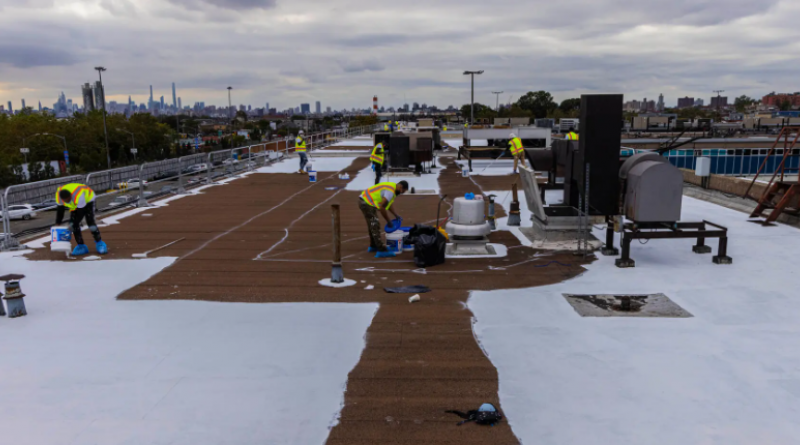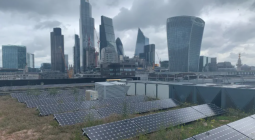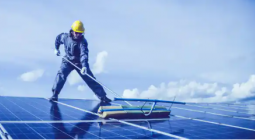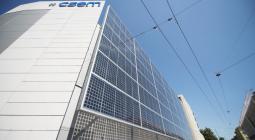How ‘Cool Roofs’ Can Help Fight Climate Change

Painted rooftops reflect the heat instead of absorbing it, reducing the need for air-conditioning and cutting greenhouse gases.
Last summer, New York City endured three heat waves and many days when the temperature climbed above 90 degrees. In some neighborhoods, like the Hunts Point section of the South Bronx, which ranks as one of the city’s most vulnerable areas to heat, extreme temperatures actually linger, contributing to increases in heat-related illness and deaths.
This sweltering effect can be attributed to the built environment, with its lack of protective tree shade and swarms of traffic and surroundings cramped with glass, asphalt, metal and concrete. Installing cool roofs, which involves lightening the surface color of rooftops to reflect and not absorb heat, can temper excessive heat from the top down and reduce the urban heat island effect — a common and adverse consequence of climate change where air temperatures are significantly higher in a city than in surrounding areas, even at night.
The Hunts Point Produce Market, the country’s largest wholesale produce market and a longtime mainstay in the borough, took a step toward climate action in October, coating about 30,000 square feet of its dark 800,000-square-foot roof with a material known as Elasto-Kool 1000, a white paint infused with silicone to reflect solar heat and UV rays and decrease indoor and surface temperatures during summer months.
The coated roof is expected to help cut down on the energy use for air-conditioning, reducing the amount of greenhouse gases expelled into the atmosphere. The remainder of the roof is expected to be coated in 2022 or later, depending on the availability of funds.




